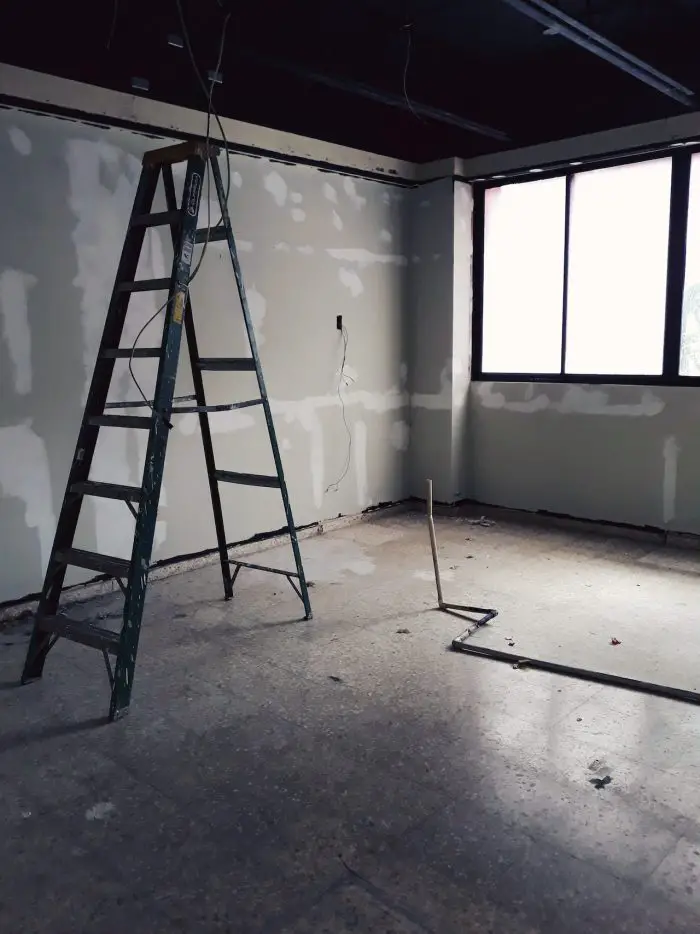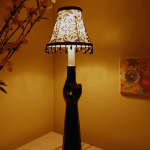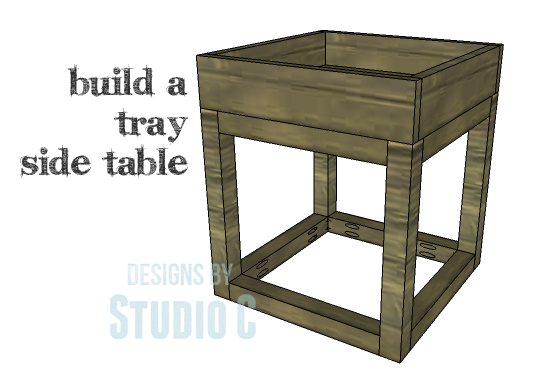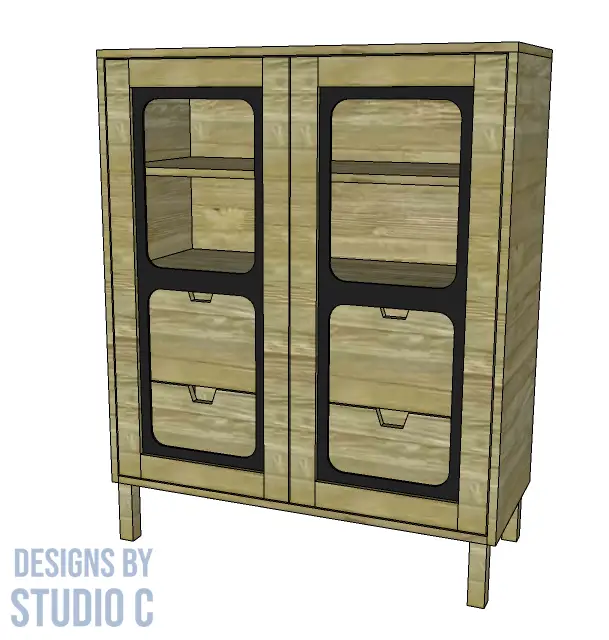Ascending Safely: Discovering the Right Ladder for Any Job or Project
Are you looking to reach new heights in your next project or job? Choosing the right ladder is crucial for ensuring your safety and efficiency. With so many options available, it can be overwhelming to find the perfect ladder for your specific needs. But worry not, because in this article, we’ll guide you through the process of finding the ideal ladder that meets your requirements.
Whether you’re a DIY enthusiast, a professional tradesperson, or simply need a ladder for household chores, we’ve got you covered. We’ll discuss the different types of ladders available, such as step ladders, extension ladders, platform ladders, and more. We’ll also delve into the various features you should consider, such as height, weight capacity, material, and safety features.
By the end of this article, you’ll be equipped with the knowledge to confidently choose the right ladder for any job or project. So, let’s ascend safely and discover the ladder that will elevate your work to new heights.

Importance of Ladder Safety
Ladder safety should always be a top priority when working at heights. According to statistics, thousands of ladder-related accidents occur each year, many of which result in serious injuries or even fatalities. That’s why it’s essential to understand the importance of ladder safety before embarking on any project.
When using a ladder, it’s crucial to choose the right ladder for the job, ensure it is in good condition, and follow proper safety practices. This includes inspecting the ladder before each use, setting it up on a stable surface, maintaining three points of contact while climbing, and never overreaching or standing on the top rung. By following these safety guidelines, you can significantly reduce the risk of accidents and work confidently at heights.
Different Types of Ladders
There are several types of ladders available on the market, each designed for specific purposes. Understanding the different types of ladders will help you determine which one is most suitable for your needs.
- Step Ladders: Step ladders are a popular choice for household tasks and light-duty projects. They have a hinged design, allowing them to stand on their own without the need for support. Step ladders are available in various heights and can be folded for easy storage.
- Extension Ladders: Extension ladders are the go-to choice for tasks that require reaching higher heights. These ladders consist of two or more sections that can be extended to the desired length. They are commonly used in construction, painting, and maintenance work.
- Platform Ladders: Platform ladders are designed for tasks that require a stable working platform. They feature a larger and broader platform than other ladders, providing a comfortable and secure space to stand on. Platform ladders are commonly used in warehouses, stockrooms, and other commercial settings.
- Telescoping Ladders: Telescoping ladders are a versatile option that can be adjusted to various heights. These ladders feature overlapping sections that can be extended or retracted as needed. They are lightweight, portable, and ideal for both indoor and outdoor use.
- Attic Ladders: Attic ladders are specifically designed for accessing attics or crawl spaces. They are installed permanently in the ceiling and can be folded and stored when not in use. Attic ladders provide a safe and convenient way to access storage spaces without the need for a separate ladder.
Factors to Consider When Choosing a Ladder
When selecting a ladder, there are several factors to consider to ensure it meets your specific requirements. Here are some key factors to keep in mind:
- Height: Determine the maximum height you need to reach for your project. Choose a ladder that exceeds that height to ensure you can work comfortably without the risk of overreaching.
- Weight Capacity: Consider the weight capacity of the ladder to ensure it can safely support your weight along with any tools or equipment you’ll be carrying.
- Material: Ladders are commonly made from aluminum, fiberglass, or wood. Each material has its pros and cons in terms of durability, weight, and conductivity.
- Safety Features: Look for ladders that come with safety features such as non-slip feet, locking mechanisms, and secure handrails. These features enhance stability and minimize the risk of accidents.
- Portability: If you need to transport the ladder frequently, consider its weight and whether it can be easily folded or disassembled for transport and storage.
By considering these factors, you can narrow down your options and choose a ladder that best suits your needs.

Safety Tips for Ladder Usage
Using a ladder safely requires more than just choosing the right ladder. Here are some essential safety tips to keep in mind:
- Inspect the ladder before each use: Check for any damage, loose parts, or missing components. If the ladder is damaged, do not use it and seek a replacement.
- Set up on a stable surface: Ensure the ladder is placed on a level and sturdy surface. Use leg levelers or a ladder stabilizer if necessary to ensure stability.
- Maintain three points of contact: When climbing up or down the ladder, always maintain three points of contact (two hands and one foot or two feet and one hand) to ensure stability.
- Do not overreach: Avoid leaning too far to one side or stretching your body to reach something. Keep your belt buckle within the ladder’s side rails to maintain balance.
- Use the right ladder for the job: Never use a ladder for a task it is not designed for. Always choose a ladder that is appropriate for the height and type of work you will be doing.
Remember, safety should always be your top priority when using a ladder. By following these safety tips, you can minimize the risk of accidents and work with confidence.
Proper Ladder Maintenance and Storage
Proper ladder maintenance is essential for prolonging its lifespan and ensuring safe usage. Here are some maintenance tips to keep in mind:
- Clean the ladder regularly: Remove any dirt, debris, or substances that may accumulate on the ladder. This will prevent slipping and maintain the ladder’s stability.
- Store the ladder properly: When not in use, store the ladder in a dry and secure location. Avoid exposing it to extreme temperatures or moisture, as this can damage the ladder’s structural integrity.
- Inspect the ladder regularly: Regularly inspect the ladder for any signs of wear, damage, or loose parts. Repair or replace any damaged components immediately to avoid accidents.
By properly maintaining and storing your ladder, you can ensure it remains in good condition and safe to use for years to come.
Common Ladder Safety Mistakes to Avoid
Even with the best intentions, it’s easy to make mistakes when using a ladder. Here are some common ladder safety mistakes to avoid:
- Overreaching: As mentioned earlier, overreaching increases the risk of losing balance and falling. Always position yourself properly on the ladder and avoid stretching to reach something.
- Improper ladder placement: Placing the ladder on an unstable surface or at the wrong angle can lead to accidents. Take the time to set up the ladder correctly to ensure stability.
- Ignoring weight capacity: It’s essential to respect the weight capacity of the ladder. Overloading the ladder can cause it to collapse, leading to serious injuries.
- Using damaged ladders: Using a ladder that is damaged or in poor condition is a recipe for disaster. Regularly inspect your ladder and replace any damaged parts or the entire ladder if necessary.
- Skipping safety gear: Personal protective equipment, such as non-slip footwear and a helmet, should be worn when working on a ladder. Don’t neglect these safety precautions.
Avoiding these common ladder safety mistakes will significantly reduce the risk of accidents and ensure you can work safely and efficiently.

Conclusion
Choosing the right ladder is essential for ensuring your safety and efficiency in any job or project. By understanding the different types of ladders, considering the necessary factors, and following proper safety practices, you can ascend safely and confidently reach new heights.
Remember to prioritize ladder safety by inspecting the ladder before each use, setting it up on a stable surface, maintaining three points of contact, and using the ladder only for its intended purpose. Proper maintenance, storage, and avoiding common ladder safety mistakes will further enhance your safety and prolong the lifespan of the ladder.
So, whether you’re a DIY enthusiast, a professional tradesperson, or simply need a ladder for household chores, take the time to find the right ladder that meets your requirements. With the knowledge gained from this article, you’ll be equipped to choose the perfect ladder for any job or project, ensuring your safety and success. So, let’s ascend safely and discover the ladder that will elevate your work to new heights.






Comments are closed.